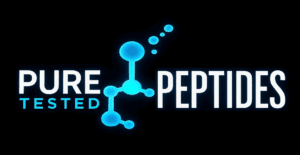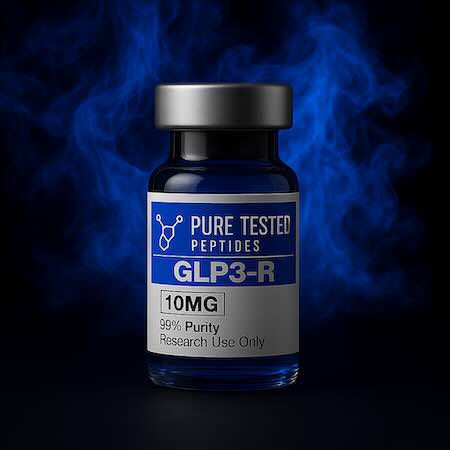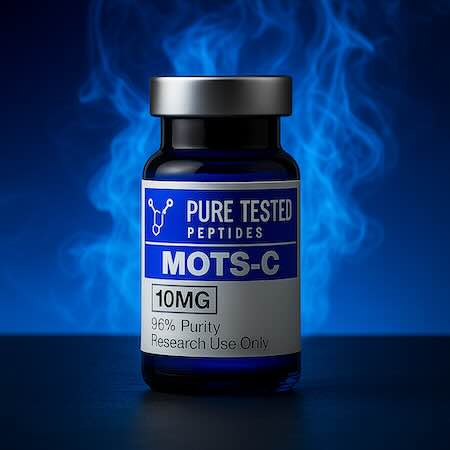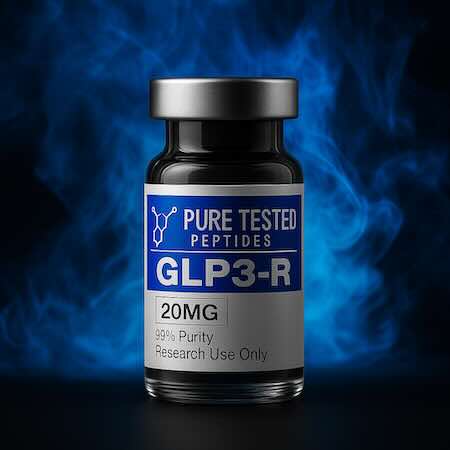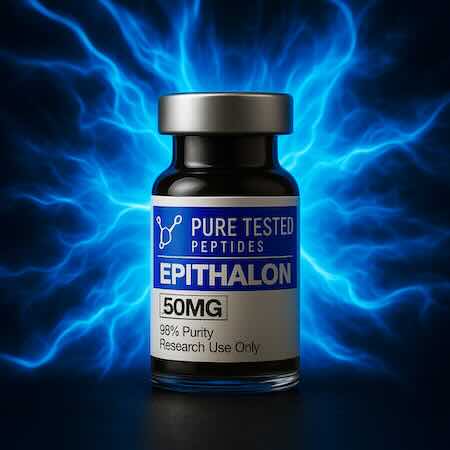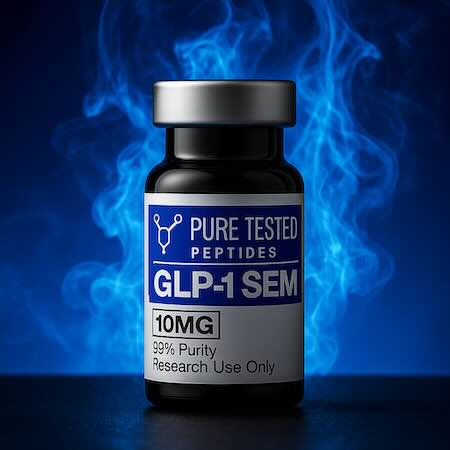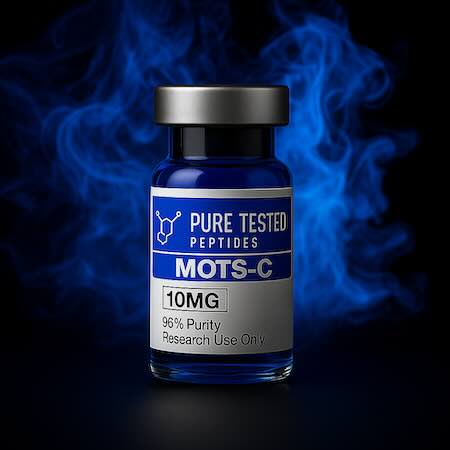ATX-304 & SLU-PP-332 Synergy for Metabolic Research
ATX-304 and SLU-PP-332 are emerging metabolic tools that are often grouped with research peptides, yet both are actually small-molecule compounds. What makes them so interesting for labs is that they hit completely different receptors and signaling nodes in the energy-metabolism network, yet converge on a shared outcome: a higher oxidative, fat-burning metabolic profile in preclinical models.
This overview is written for research purposes only. ATX-304, SLU-PP-332, Adipotide 5mg, AOD 9604 5mg and IGF-1 LR3 – 1 mg are research compounds only, not approved drugs, supplements or therapies.
ATX-304: Pan-AMPK Activation & Metabolic Reprogramming
ATX-304 is described as a pan-AMPK activator, designed to switch on AMP-activated protein kinase in multiple tissues. AMPK is the cell’s classic “fuel gauge”: when activated, it encourages cells to burn more fuel, increase fatty-acid oxidation and improve mitochondrial efficiency.
Across rodent studies, ATX-304 has been reported to:
- Activate AMPK in liver, adipose tissue and kidney tubules
- Shift cells away from lipid accumulation and toward oxidative metabolism
- Reduce fat mass and improve blood lipids in obese or insulin-resistant mouse models
- Protect kidney tissue against energetic stress in models of diabetes and acute kidney injury
In diet-induced obesity models, feeding mice ATX-304-containing chow led to weight loss and body-fat reduction, even when food intake was maintained or slightly increased. Early human safety studies (short-term exposure, up to several weeks) have reported ATX-304 as safe and well tolerated with signals in metabolic biomarkers, but without any approved indication or clinical outcome claims.
Mechanistically, the ATX-304 metabolic pathway looks like this:
- ATX-304 → pan-AMPK activation
- ↑ fatty-acid oxidation, ↑ glucose uptake, ↑ mitochondrial biogenesis signals
- ↓ hepatic steatosis, ↓ adipose tissue size in rodent models
In other words, ATX-304 nudges cells into an “energy-stressed” state, encouraging them to clean up excess lipid and run a leaner, more oxidative program.
SLU-PP-332: ERR Agonist & Exercise-Mimetic Signal
SLU-PP-332 works upstream in a different place: it is a pan-ERR (estrogen-related receptor) agonist, designed to enhance activity of nuclear receptors ERRα/β/γ. These receptors orchestrate the expression of genes that support mitochondrial biogenesis, oxidative phosphorylation and endurance-style adaptations.
In mouse studies, SLU-PP-332 has been characterized as an “exercise mimetic” compound:
- Increasing expression of PGC-1α–linked mitochondrial gene programs
- Raising resting energy expenditure and fat oxidation
- Reducing adiposity and improving glucose tolerance in diet-induced obese mice
- Boosting treadmill running capacity and endurance-type performance without requiring extra training
Press coverage and preclinical papers describe SLU-PP-332 as making the body “act like it is training for a marathon,” even in sedentary animals, by shifting muscle toward more oxidative fiber types and denser mitochondria. Human efficacy data are still in very early stages; current discussions are primarily extrapolated from rodent and cell-line experiments rather than completed phase 3 trials.
Mechanistically, the SLU-PP-332 cascade looks like this:
- SLU-PP-332 → pan-ERR activation (ERRα/β/γ)
- ↑ PGC-1α coactivation, ↑ mitochondrial biogenesis genes (e.g., TFAM, OXPHOS genes)
- ↑ fatty-acid transport & β-oxidation, ↑ oxidative fiber specification in muscle
Different Receptors, Complementary Pathways
Although both ATX-304 and SLU-PP-332 tilt metabolism toward an oxidative, fat-burning state, their primary targets are completely different:
| Feature | ATX-304 | SLU-PP-332 |
|---|---|---|
| Primary target | AMPK (pan-AMPK activator) | Estrogen-related receptors ERRα/β/γ (nuclear receptors) |
| Upstream cue | Cellular energy stress (AMP:ATP ratio surrogate) | Transcriptional control of mitochondrial & oxidative genes |
| Core pathway | AMPK → ACC inhibition, ↑ fatty-acid oxidation, ↑ glucose uptake | ERR + PGC-1α → ↑ mitochondrial biogenesis, ↑ OXPHOS & β-oxidation genes |
| Rodent phenotypes | Weight/fat loss, improved lipids, improved kidney & metabolic markers | Reduced adiposity, improved glucose tolerance, exercise-mimetic endurance effects |
| Human data (as of 2025) | Early safety/tolerability trials with biomarker readouts only | No established efficacy trials; preclinical evidence dominates |
Why Researchers Talk About ATX-304 & SLU-PP-332 Synergy
To date, there are no large published studies that dose ATX-304 and SLU-PP-332 together in the same experiment. However, the idea of synergy arises naturally when you look at how their pathways interlock:
- ATX-304 activates AMPK, which senses low energy and pushes cells to burn fuels and improve mitochondrial efficiency.
- SLU-PP-332 turns on ERR-driven gene programs that build more and better mitochondria and shift muscle toward oxidative phenotypes.
In a hypothetical rodent or cell model stack, an investigator might use ATX-304 to turn on energy-stress signaling and SLU-PP-332 to amplify the transcriptional response. The result could be:
- Higher baseline mitochondrial capacity (SLU-PP-332)
- Stronger demand to use that capacity and burn fat/glucose (ATX-304)
- Potentially additive or synergistic effects on energy expenditure and adiposity endpoints
Because AMPK and ERR/PGC-1α are known to cross-talk in muscle and liver, combining a pan-AMPK activator and an ERR agonist is a logical way to probe multi-node metabolic reprogramming in preclinical work. Any such stack should still include careful control arms (single-agent ATX-304, single-agent SLU-PP-332, vehicle) and a heavy emphasis on safety markers.
Positioning Adipotide, AOD 9604 & IGF-1 LR3 in Metabolic Research
Pure Tested Peptides also carries several more traditional metabolic research tools that can complement ATX-304 and SLU-PP-332 in study design:
- Adipotide 5mg – a vascular-targeting investigational peptide frequently used in models of adipose-tissue biology and fat-mass modulation.
- AOD 9604 5mg – an hGH fragment studied for lipolytic and fat-oxidation effects in rodent and small human trials, without classic GH-axis stimulation.
- IGF-1 LR3 – 1 mg – a long-acting IGF-1 analog used to interrogate IGF1R-driven anabolic signaling, often alongside GH-axis or metabolic tools.
- SLU-PP-332 5mg and SLU-PP-332 oral capsules – formulations aligned with the ERR agonist, exercise-mimetic research theme discussed above.
Study-Design Notes & Translational Caution
Because ATX-304 and SLU-PP-332 target different receptors and signaling layers, thoughtful study design is critical:
- Model choice: high-fat-diet mice, aged mice or cell lines with defined metabolic defects can clarify where each compound exerts the biggest effect.
- Endpoints: consider body composition (DXA/MRI), indirect calorimetry, glucose/insulin tolerance tests, mitochondrial respiration assays and gene-expression panels.
- Time course: AMPK effects from ATX-304 may be evident quickly, while ERR-driven transcription from SLU-PP-332 may require repeated dosing.
- Safety markers: include liver/kidney panels, cardiac markers and histology to track off-target effects.
Even though certain rodent studies report striking weight-loss and metabolic benefits, translation to humans is not guaranteed. ATX-304 has only early safety data and SLU-PP-332 remains preclinical; AOD 9604 and Adipotide have limited, target-specific human or primate experience. All are research-only compounds.
Internal Links: Continue Exploring the Peptide Blog
This article is part of a broader library on the Pure Tested Peptides Peptide Blog, which covers GH-axis tools, mitochondrial peptides, GLP agonists and more. Interlinking from this page to other metabolic and longevity posts can help readers and search engines understand how ATX-304, SLU-PP-332, Adipotide, AOD 9604 and IGF-1 LR3 fit into the larger catalog.
ALL compounds mentioned are supplied strictly for laboratory research use. They are not medicines, not intended for human or veterinary use, and no dosing or medical advice is provided or implied.
